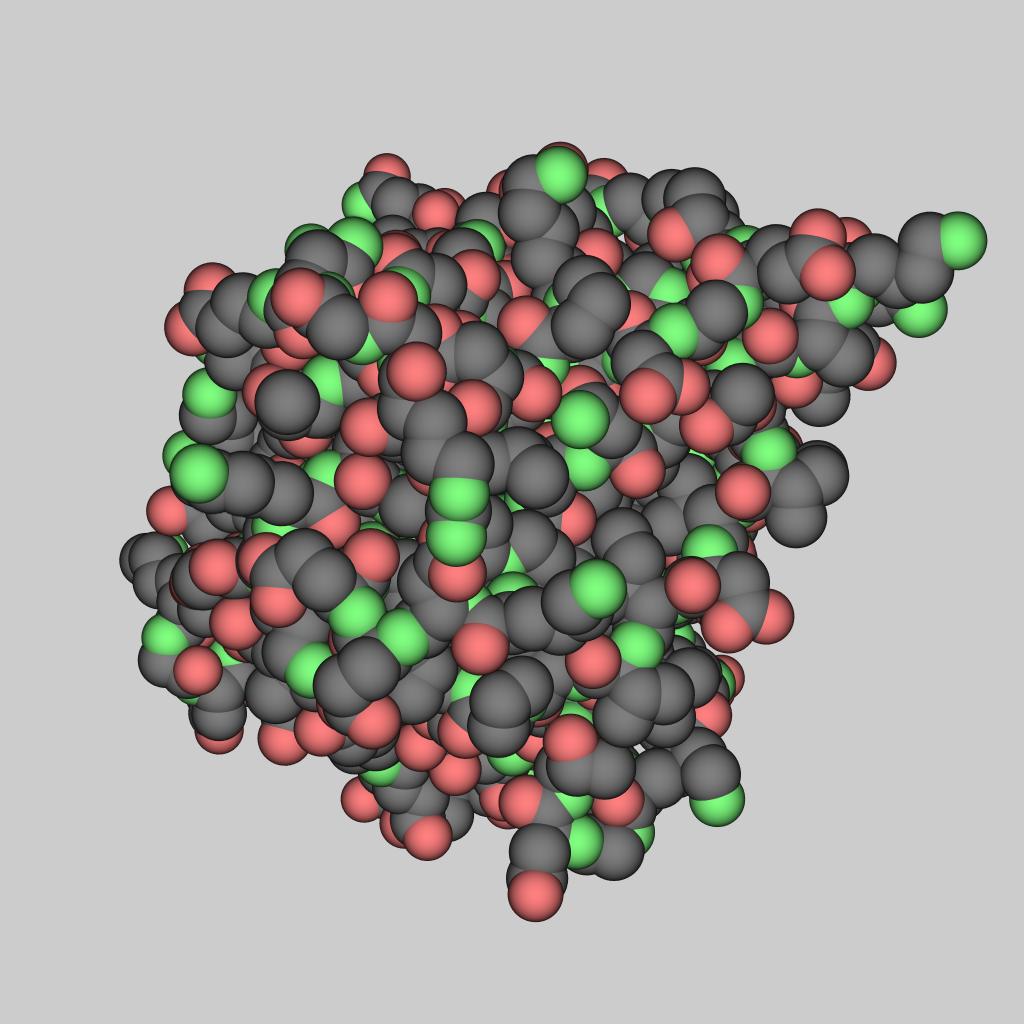Broad-Illumination rendering of molecules

Access this online at http://bass.cs.unc.edu/webapps/pdb.
In collaboration with David Banks, Associate Professor of EE&CS, UT/ORNL Joint Institute for Computational Sciences and Harvard NeuroDiscovery Center and with John Stone at UIUC’s NIH/NCRR Resource for Macromolecular Modeling and Bionfornatics, UNC’s Computer-Integrated Systems for Microscopy and Manipulation NIH/NIBIB Resource is using the UNC BASS supercomputer to produce downloadable 3D views of the structures in the Protein Data Bank (PDB).
The comprehension of unstructured, complex structures such as molecules benefits from a variety of rendering techniques. For cases such as the accessibility of docking sites to ligands, the understanding of pocket depths and their relationship to external structures is enhanced by the use of broad light sources, such as the sky on a cloudy day.

Edward Dale has constructed the rendering pipeline, which selects colors and viewpoints using VMD, renders the molecules using the Tachyon ray-tracer, assembles them into QuickTime VR and Flash 3D viewables using Object2VR, and then uses custom scripts to produce viewable pages for the molecules that have been rendered so far.
The rendering is proceeding using the newly-released molecules first each month, and the going through the entire database to render each structure. The default rendering size is 512×512, but you can request high-resolution images of molecules you particularly care about, or select them for rendering sooner, by going to links on their pages. You can find a sample QuickTime rendering of 2AEO here.
Access this online at http://bass.cs.unc.edu/webapps/pdb.
Advanced Molecular Rendering in your Lab
If you would like to do molecular rendering using such rendering in your own computer, you might find the following freely-available tools to be useful:
- Qutemol is a real-time rendering program with several realistic viewing modes that has installers for Windows and Intel-based macs.
- Visual Molecular Dynamics (VMD) and Tachyon‘s ambient occlusion mode is what we use to produce our offline renderings.
- The Goodsell rendering modes in the UCSF Chimera program provide a different view that is also aimed at improving perception of molecular shape.
If you are making short films featuring molecules, you may also want to take a look at the following:
- The PDB2Maya resource catalog at http://noviture.com has free and commercial versions of the molecules in the PDB, converted to native Maya format.
- The Molecular Maya Toolkit creates a native Maya scene from PDB files, enabling you to make movies that include molecular surfaces and other renderings within the Maya video-production software.